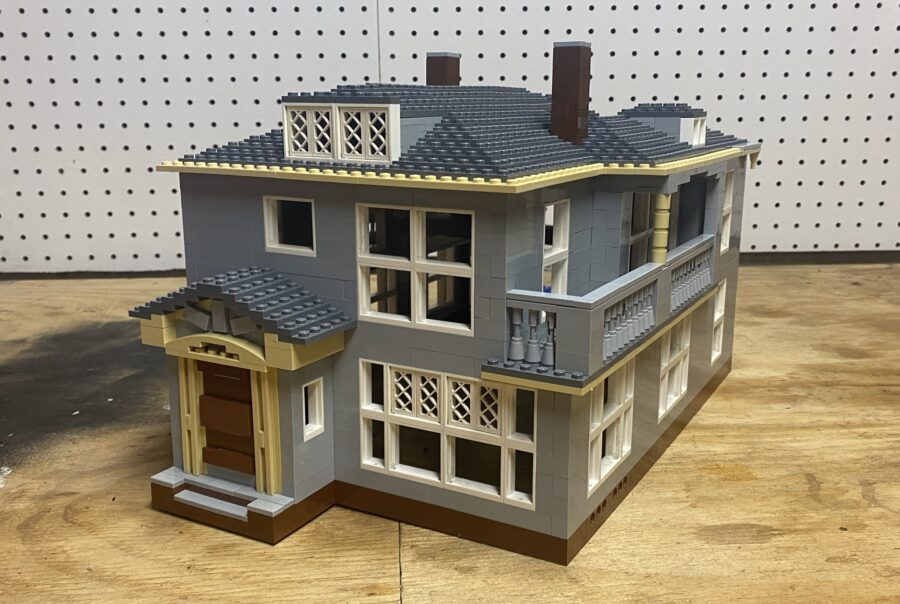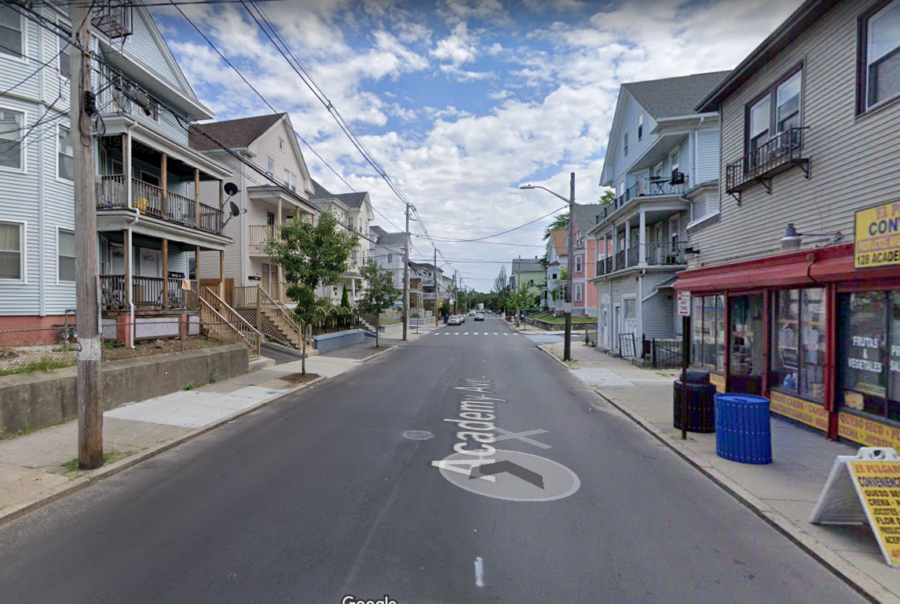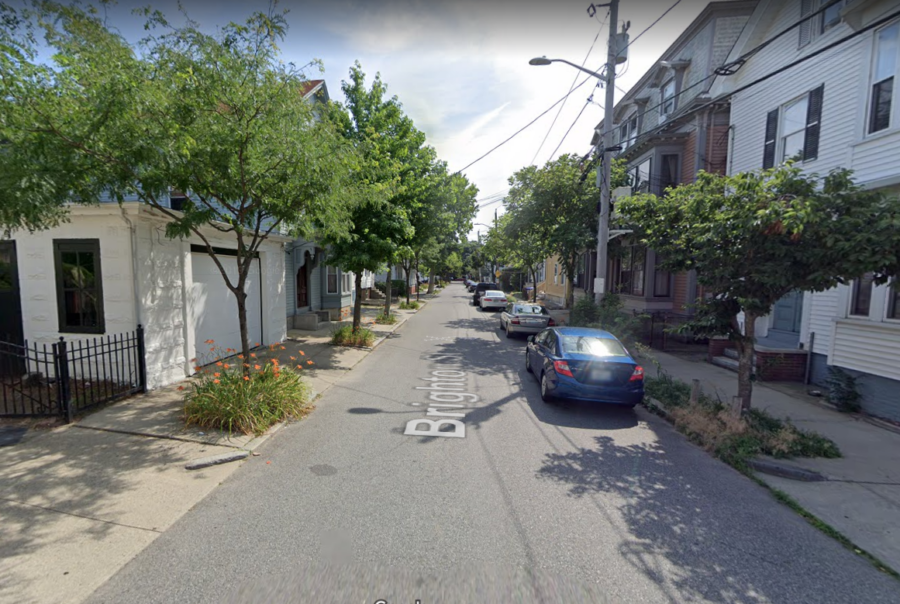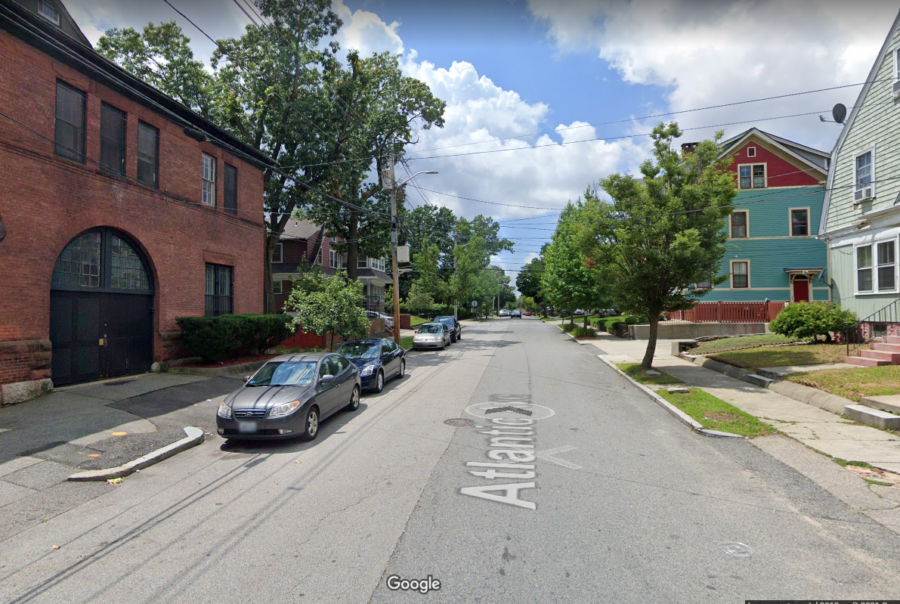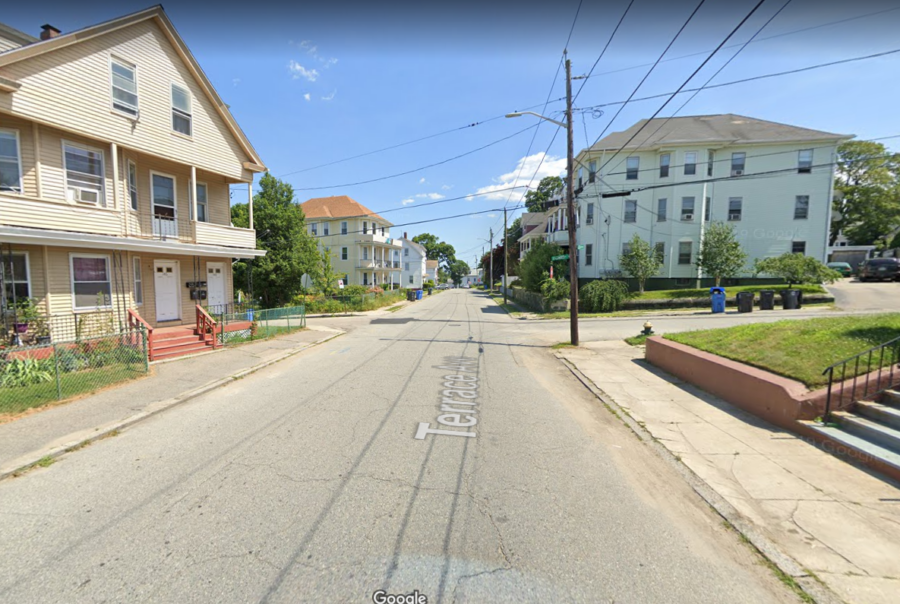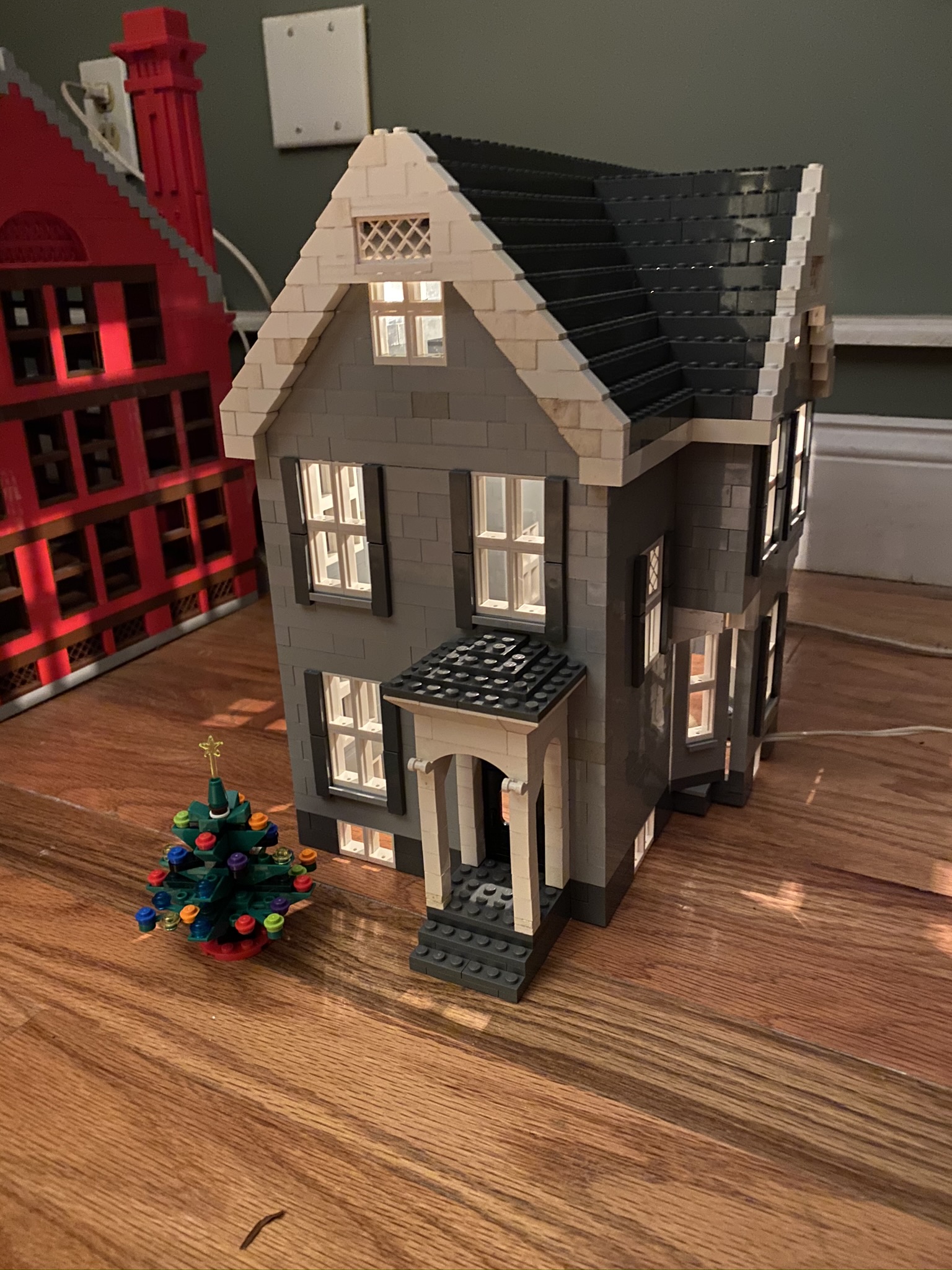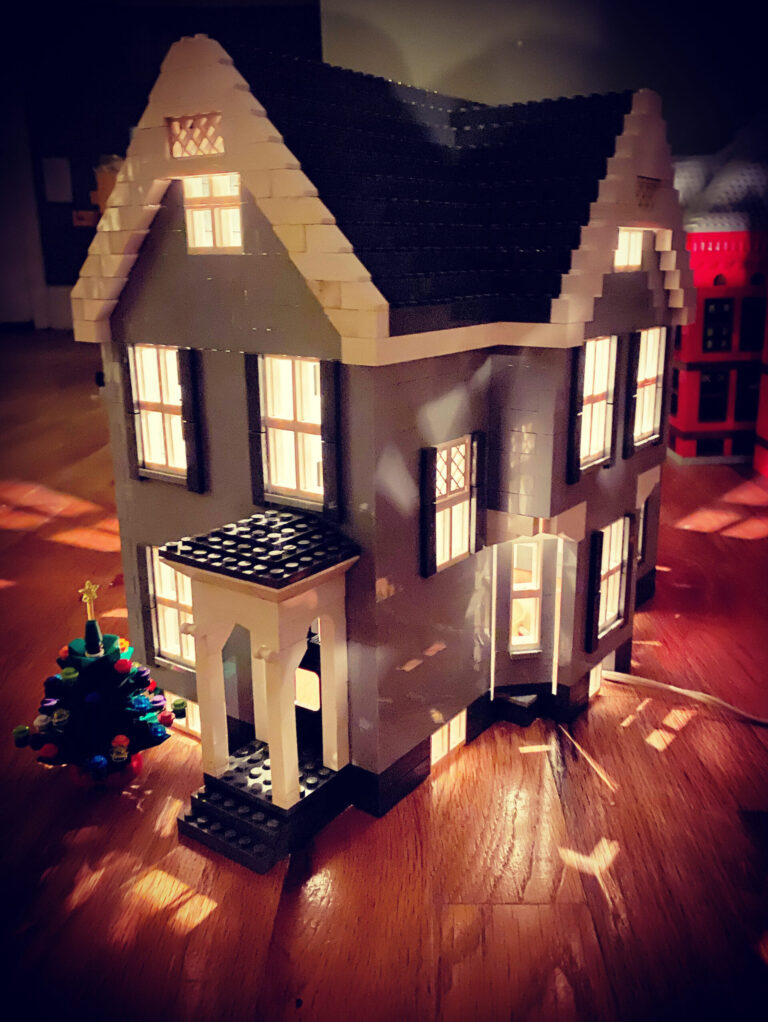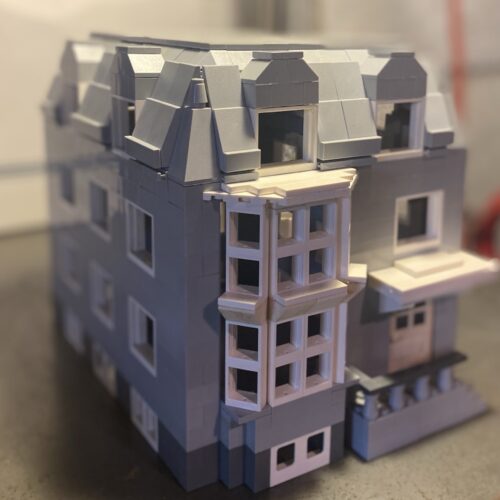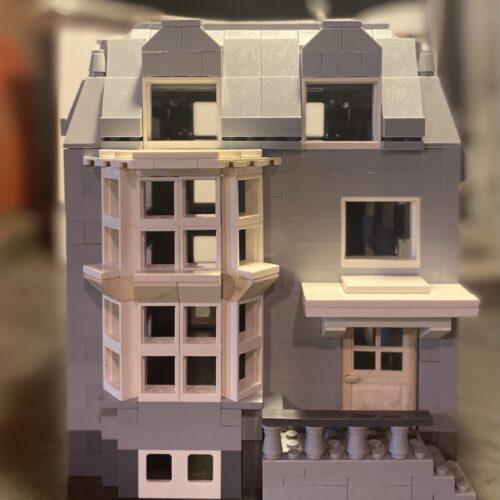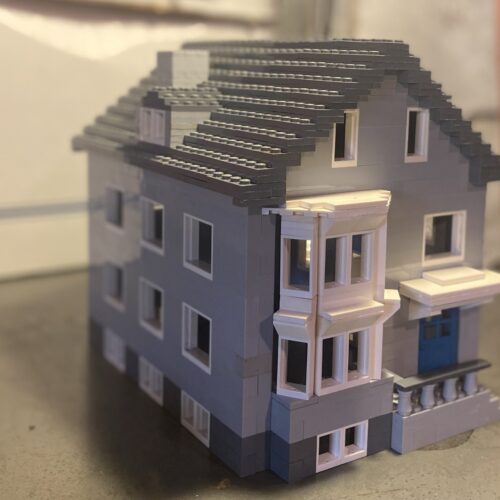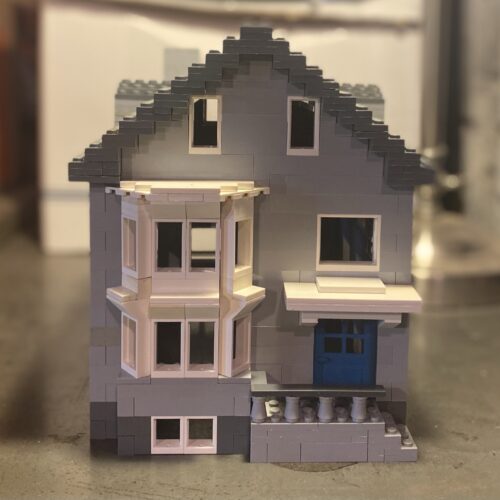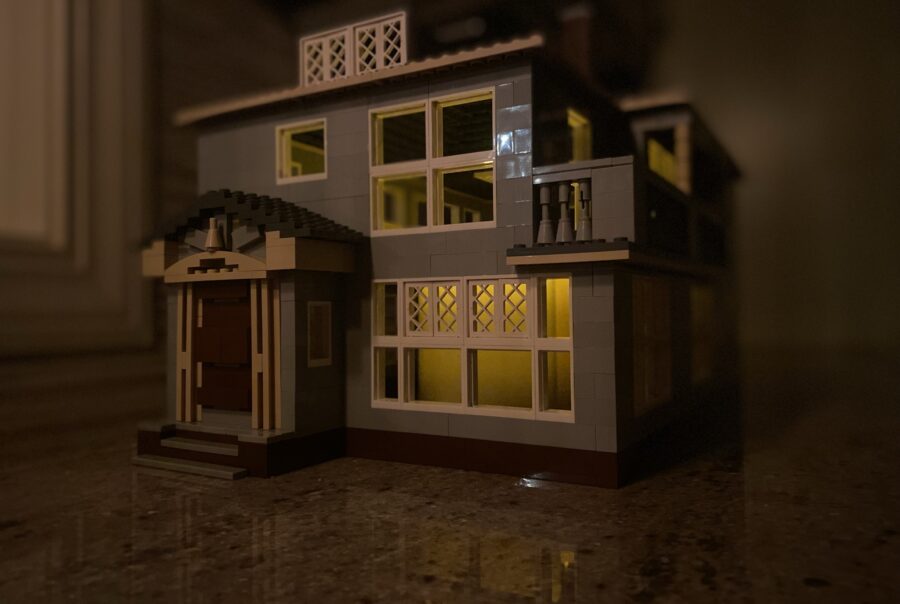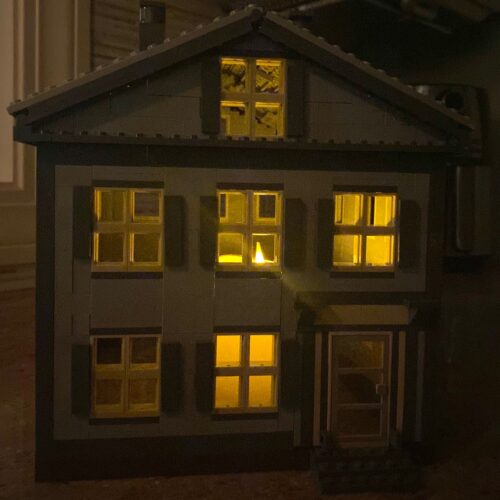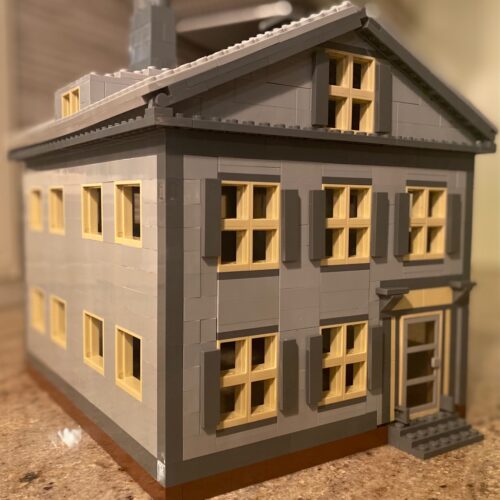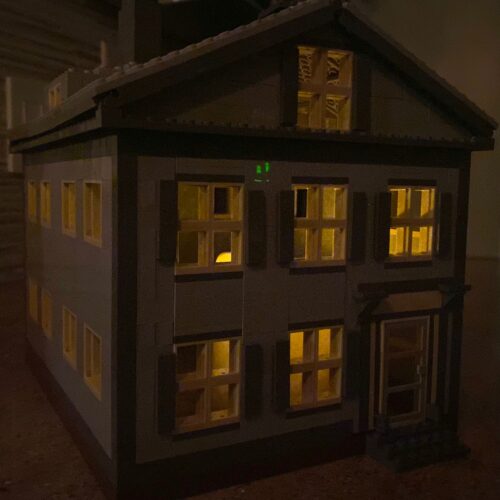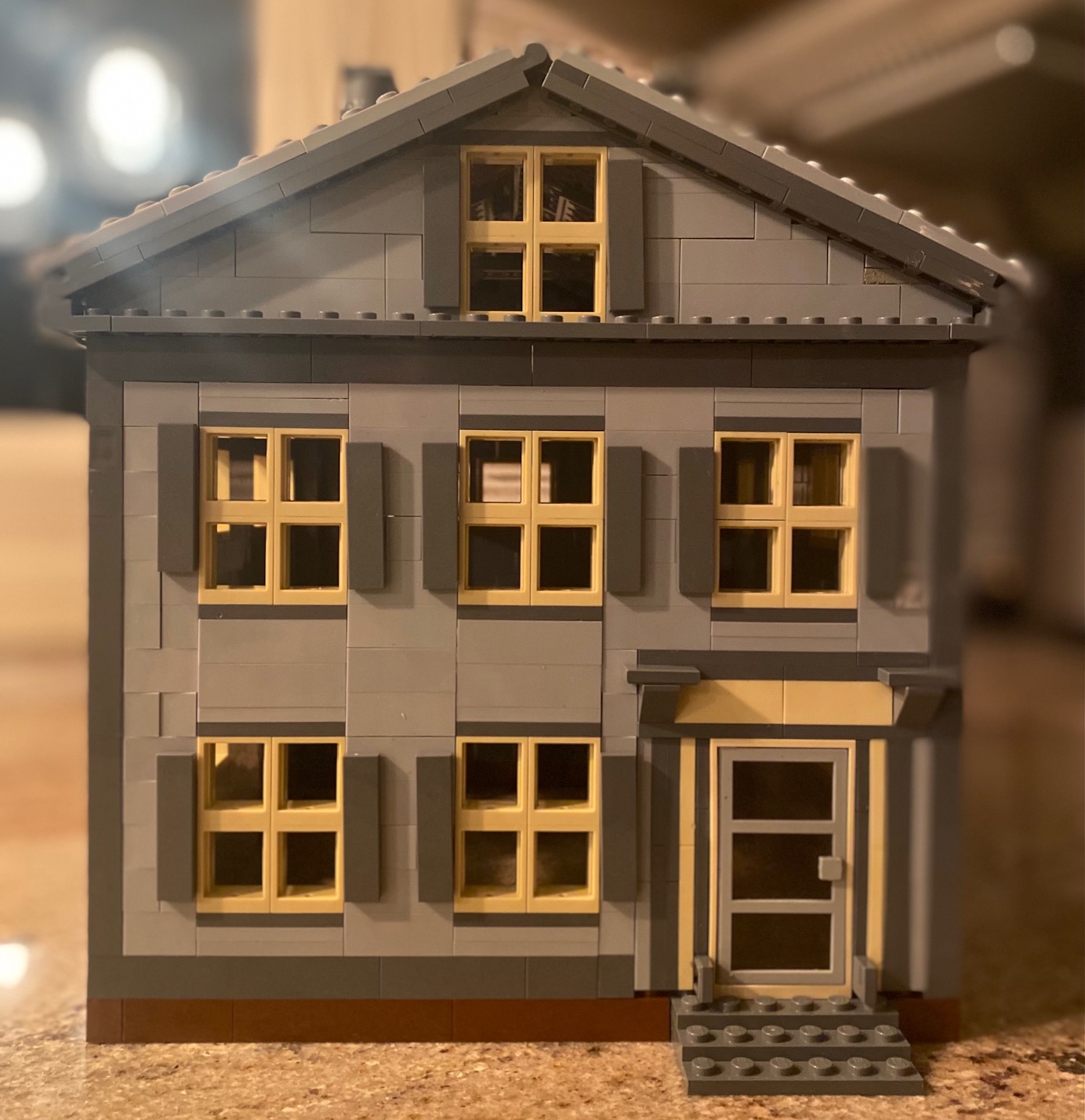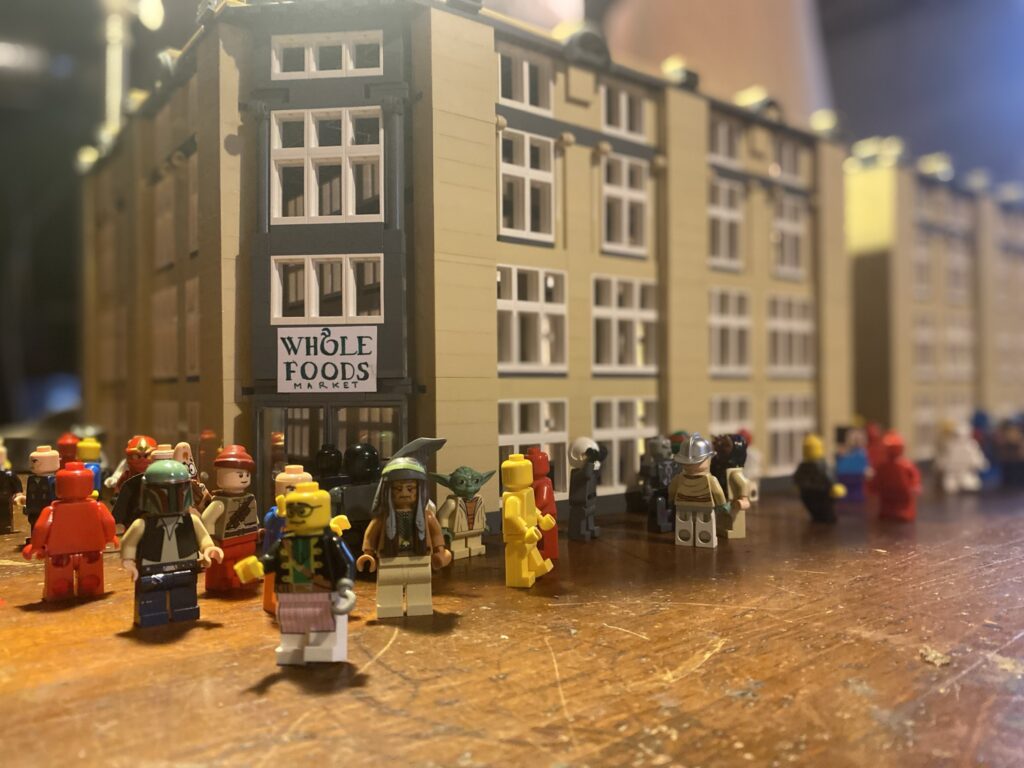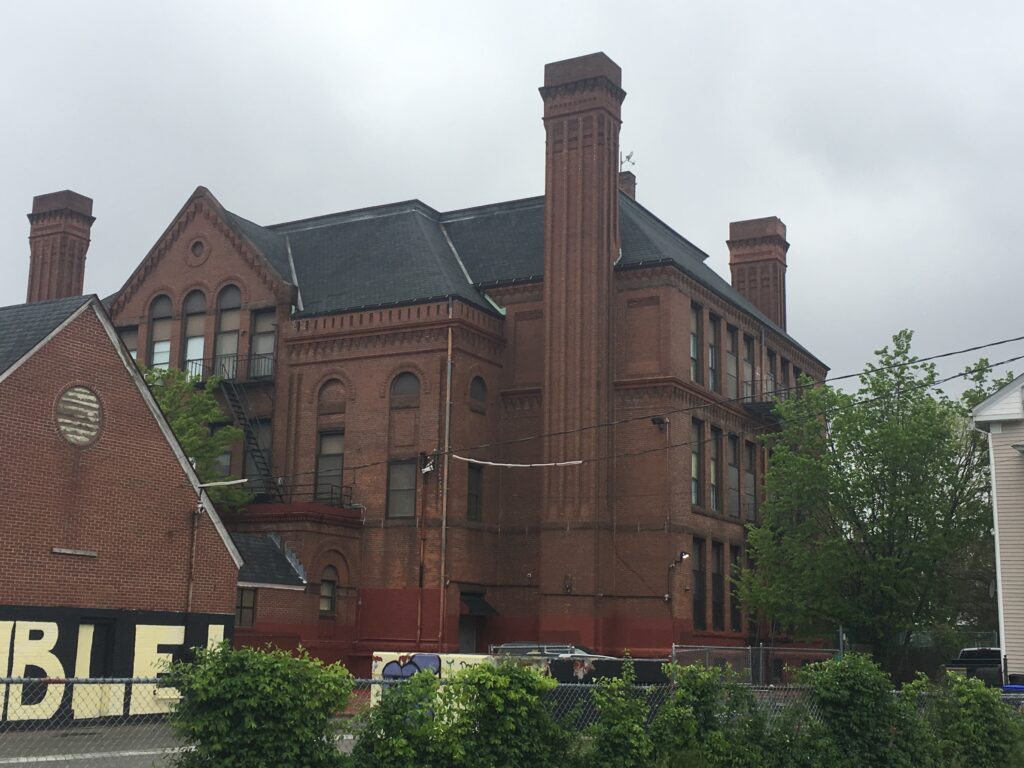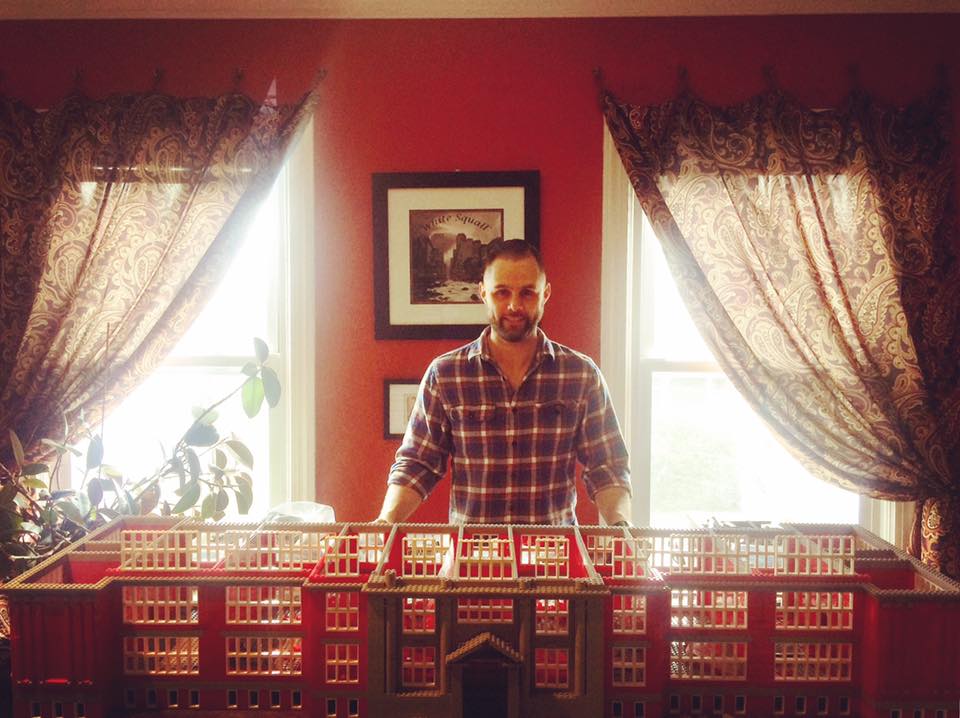Providence is a city of a beautiful New England homes. Benefit Street and the East Side are classic, of course, but even the most humble Providence street is rich with character. When I see a quintessentially Providence street lined with ‘ordinary’ two and three family homes, I see histories, communities, and stories. They are our ‘brownstones’ and deserve the same cultural stature.
Providence Houses
From time to time, I see a house that I want to model. The reasons I pick a particular house can be random. Sometimes I know something (or someone) about the home, but other times I know nothing and a potential story catches my imagination. Sometimes I pick a house that is architecturally interesting, but sometimes I pick something that is elegantly simple.
This is a model of house on Spooner Street, a VERY out of the way spot in the city on the edge of Roger Williams Park. It is mostly classic Providence, but the ell gives it a bit of distinction. Also, there was a lot of lattice work and other details that stood out. A lot of houses removed these details during Providence’s ‘decaying decades,’ but this one held on! I can’t take credit for the Christmas Tree; this was the work of Lony Martinez, my downstairs tenant.
These models are not of specific houses, but are essentially two of the most prototypical multi-family styles in the city. They are ‘porchless bay window’ style and there are thousands of them in sloped and mansard roof form. I built them at a smaller scale than the Spooner Street house to experiment with how feasible it would be to create a Lego Providence neighborhood at some later point.
This is a model of a house off Blackstone Boulevard built as a gift to a friend. When building it, I realized that most of the houses on the street use the same essential blueprint, but this is not obvious as many have been interestingly modified in unique ways over the decades.
This is model of a house on Thomas Street, Providence. I’m guessing the house is pre-Civil War, and the style is conservative Greek Revival, still somewhat Federal. But I’m an amateur architectural historian, so feel free to correct me!
